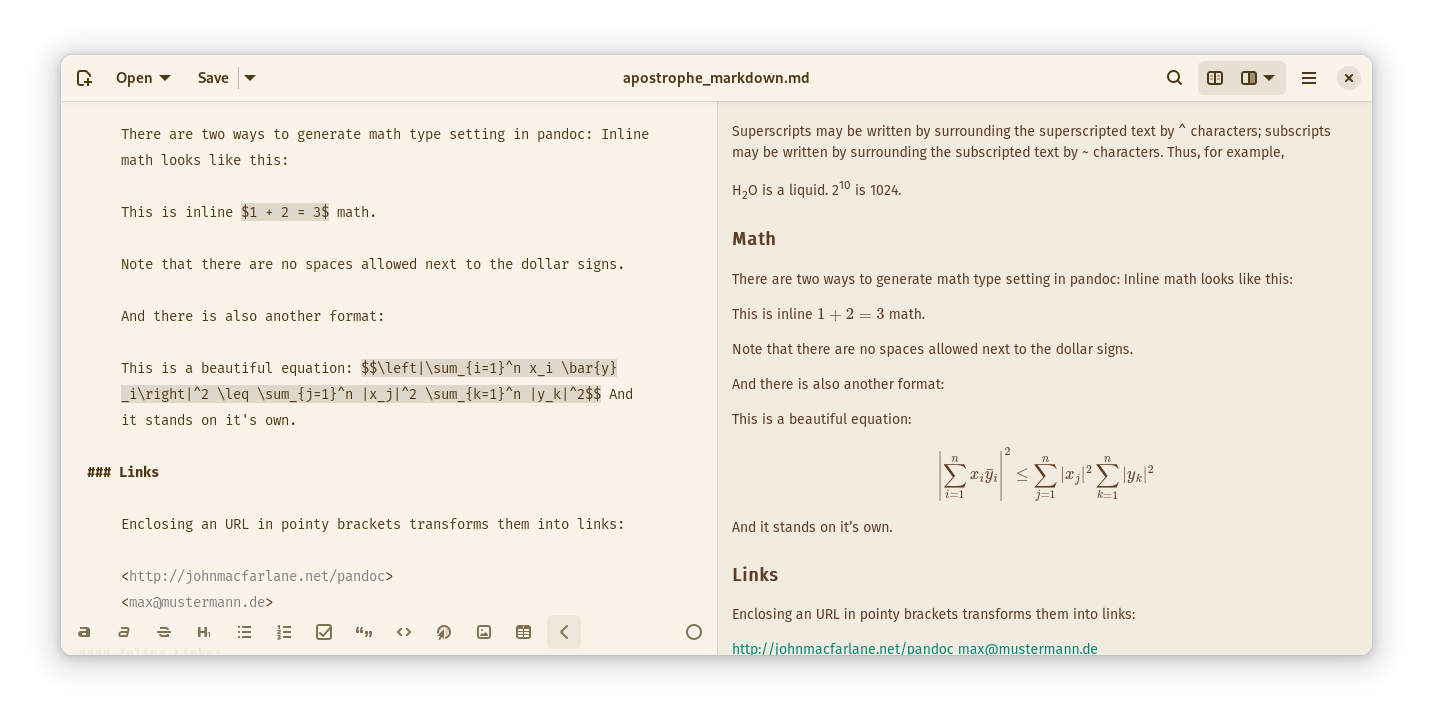

I’m not necessarily disagreeing with your overall point here (I have no idea why people engage with shorts, maybe they do love that format) but I wanted to push back a little on the idea that a product must be popular simply because corporations continue to offer them. Especially with social media, where users are actively discouraged from making their own decisions as much as possible by The Algorithm.
I think there are plenty of examples of things that people continue to use (and often even pay for the “privilege”) despite major aspects of those things being generally reviled by everyone who uses them:
- ad infested apps and websites
- gaming microtransactions
- a new phone every year
- cable service
- insurance
- HOAs
- gasoline
- Amazon
- pants and dresses without pockets










This kind of confusion illustrated by Telegram users is exactly why it was the right thing to do for privacy when Signal removed support for SMS because it’s not encrypted. People still whine endlessly about it, but most users are not very savvy, and they’ll assume “this app is secure” and gleefully send compromised SMS to each other. All the warnings and UI indicators that parts of the app were less secure (or not at all in the case of SMS) would be ignored by many users, resulting in an effectively more dangerous app. Signal was smart to remove those insecure features entirely.